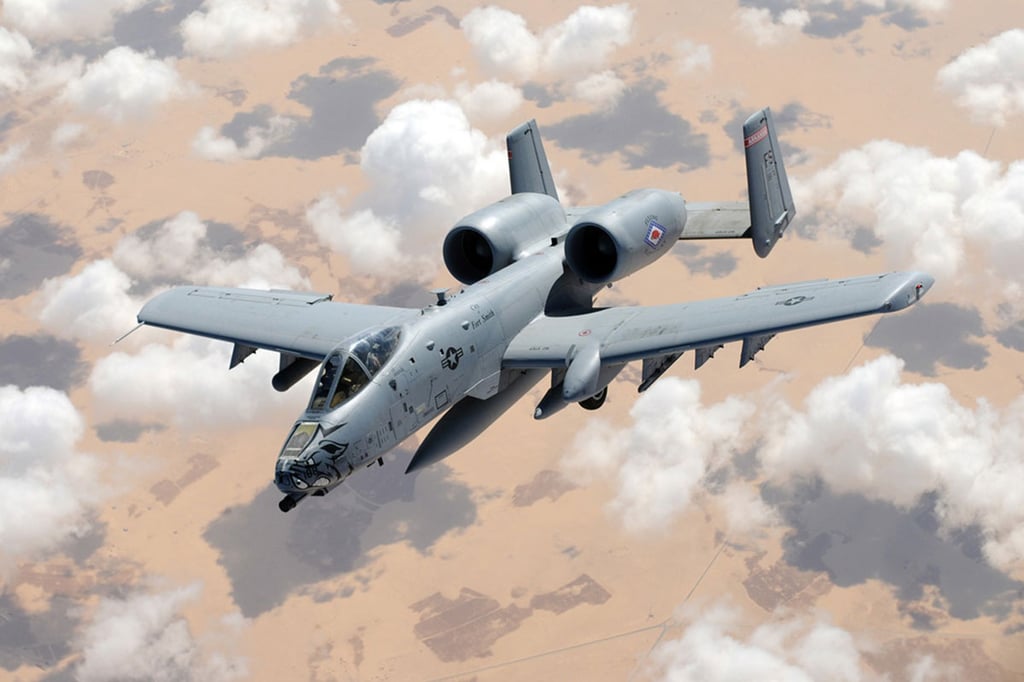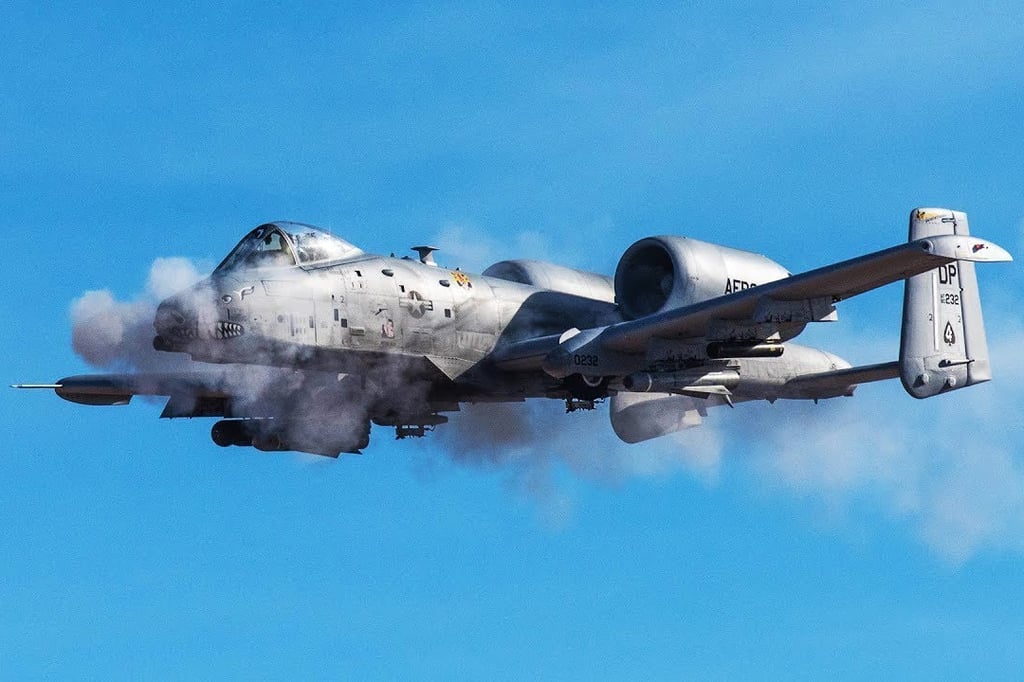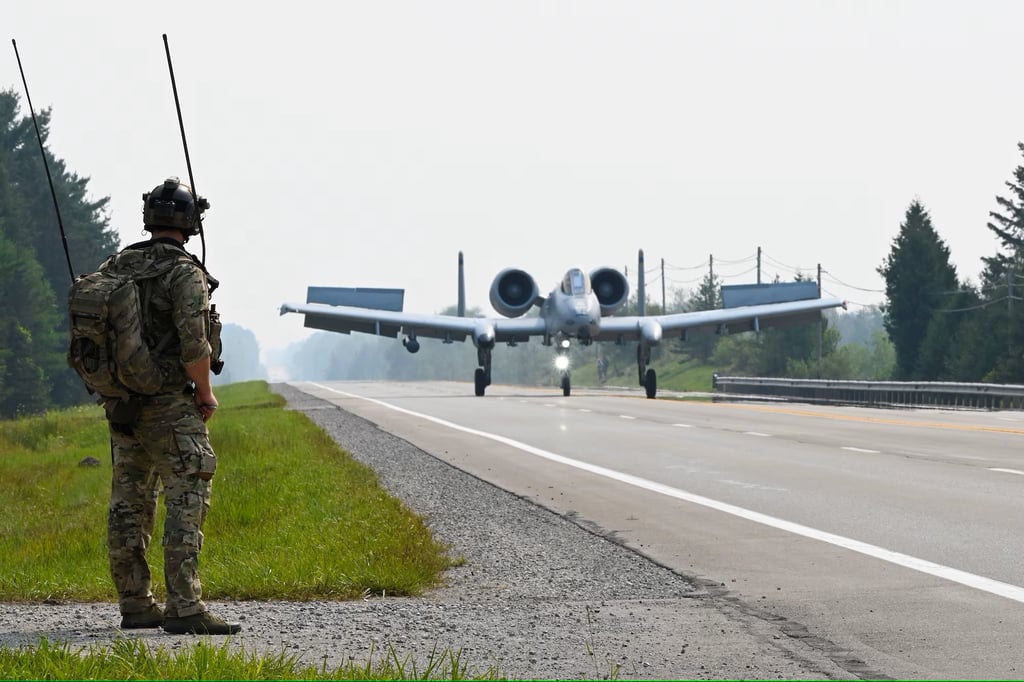A-10 Warthog: The Flying Tank and Its Potential for the Indian Air Force
This article explores how the A-10 Warthog’s unmatched durability and firepower could offer significant advantages to the Indian Air Force in modern combat scenarios.
Vaishnav Bramhankar
7/21/20243 min read


INTRODUCTION
The A-10 “Thunderbolt”, often dubbed as “Warthog” and even “a flying tank”, can dominate its core battlefield at any time and in any situation. It's not always necessary to deploy a Sukhoi, Raptor, or any fighter during a war or mission, where A10 can explicitly make its mark. The latter enters when the former has to fall back due to situational or geographical conditions. That's when the real maestro of the air, the A-10 Warthog of the U.S. Air Force, comes into play. Why it’s a flying tank? Because it can take damage and remain operative while causing major damage to enemy troops on the ground simultaneously. Its unique design is truly a topic worth discussing.
How does the A10 warthog dominate the battlefield
The A10 Warthog, exclusively operated by the United States Airforce is designed to take damage and still survive even though it dosen’t fly as fast as a Su-30 or a F-22 but can cause more damage to the enemy troops with extreme precision, thanks to “run and gun” skill, which is among the unique tactics deployed by Warthdog in combat. The nose of the aircraft is integrated with a high-power 30 mm GAU-8 Avenger rotary autocannon, creating the atmosphere of fear as this 7 barrel gun can hold upto 1,150 rounds and can fire 70 rounds per second and 3,900 per minute, making it enough to disable a heavy tank.


As mentioned, the aircraft is built to sustain extensive damage but still survive and damage the enemy, thanks to its titanium body that can absorb such heavy damage. Then comes its unique placement of twin engines, making it quite difficult for the enemy troops to aim at the critical aircraft components easily and even if the shots are fired and hit, the front end of the aircraft are always ready to take the damage and still create a havoc for the enemies. The A-10's fake canopy, painted as a gray patch beneath the aircraft, creates an illusion for enemies spotting from the ground. Positioned directly under the main canopy, it tricks opponents into targeting incorrectly, revealing their locations. The radar, placed beneath the aircraft, aids in targeting both at low and high altitudes. These features make the A-10 Warthog a true destroyer and “Avenger” of the skies.
Why the Indian Air Force should also have an aircraft like the A10 Warthog
No doubt, the Indian Air Force is among the toughest and largest in the world, and it boasts reliable aircraft like the LCA Tejas, which has consistently proven its value. While the LCA Tejas shares some similarities with the A-10, there’s room for further enhancement.
With neighbors like Pakistan and China, India’s defence forces are always on high alert. The diverse geography of deserts, mountains, and water resources across India, Pakistan, and China makes conflict challenging. However, this also presents India with a golden opportunity if equipped with an aircraft like the A-10 Warthog. In regions like Ladakh, where China is attempting to capture more territory, a fleet of A-10 Warthogs could be highly effective. These areas are run-and-gun zones, and it would be difficult for enemy ground forces to counter this move from the Indian Air Force with unguided anti-aircraft weapons. Even if reinforcements are called in, the A-10’s ability to endure heavy damage would make it increasingly difficult for enemies to enter the zone.


CONCLUSION
The A-10 Warthog’s capability to operate in critical weather conditions and its ability to take off and land on short runways make it particularly suited for the varied climates, and operating bases in Leh and North India. This versatility could be a significant advantage for the Indian Air Force, making it challenging for neighbors to even consider entering Indian territory. HAL, India’s renowned indigenous aircraft developer, is well-positioned to create a run-and-gun aircraft similar to the A-10 Warthog, if any such necessity arises in future. The A-10 Warthog’s formidable capabilities demonstrate its crucial role in modern warfare. For the Indian Air Force, adopting a similar aircraft could provide strategic advantages in challenging terrains and high-alert situations. Embracing such innovation could bolster defense preparedness against regional threats.
